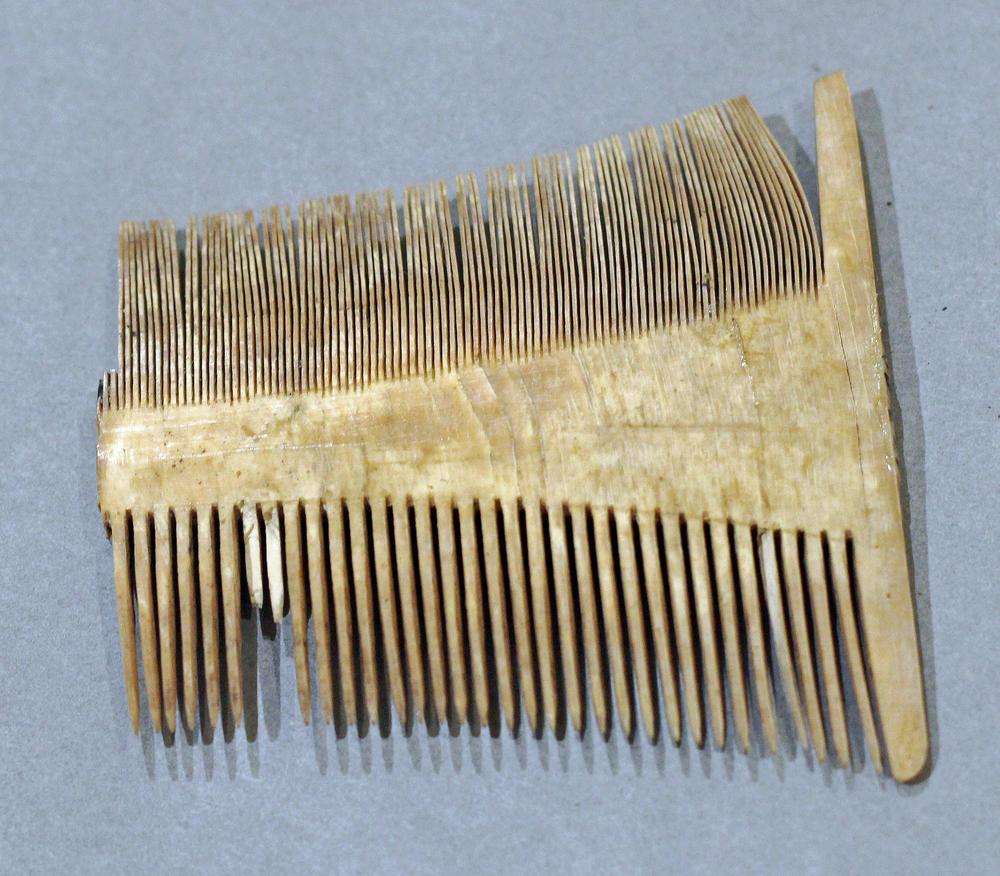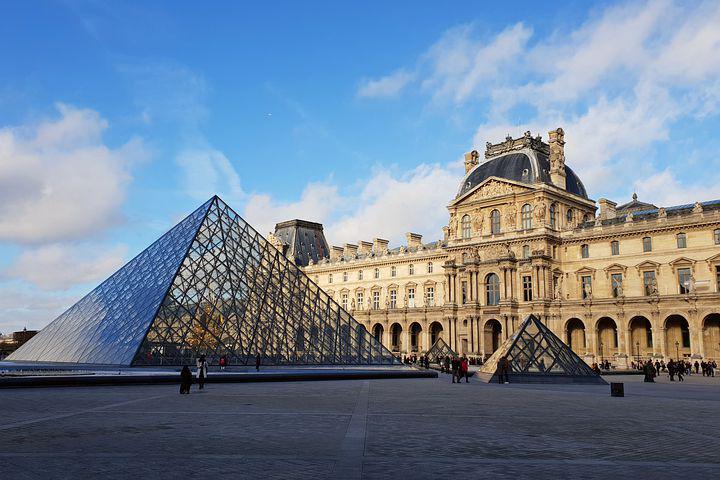

(1/ )
Modern period [1492 / 1789]
This lion's mouth stemmed glass comes from the latrines of the Hôtel de Beringhen. The latrines contained an abundance of particularly valuable furnishings, reflecting the social standing of their owners.
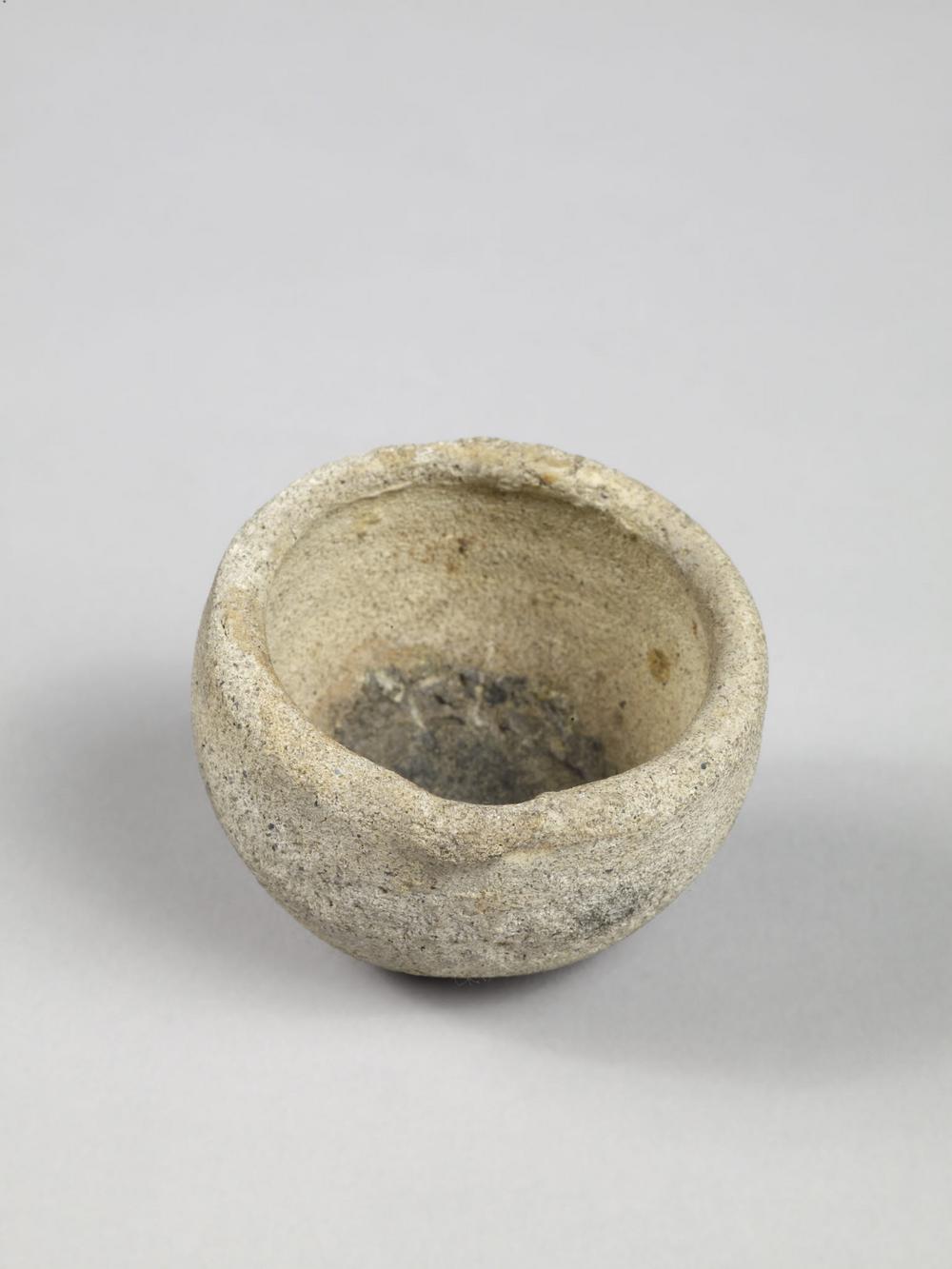
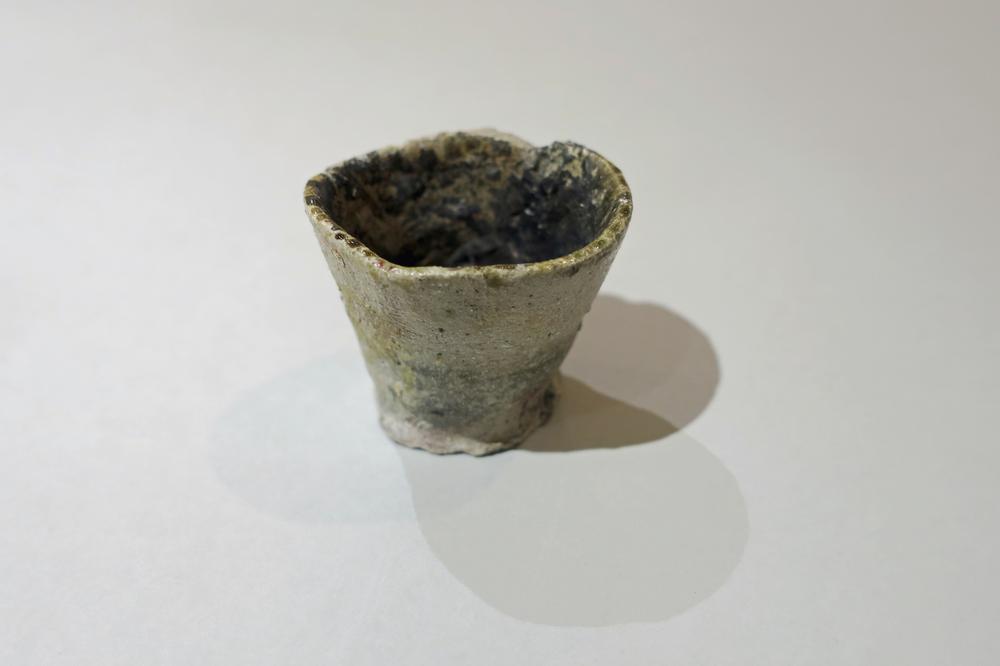
(3/ )
Modern period [1492 / 1789]
This crucible comes from the remains of the Beringhen hotel. It testifies to the installation, in the building, of a workshop working with metal (goldsmith's trade ? jewelry ?).
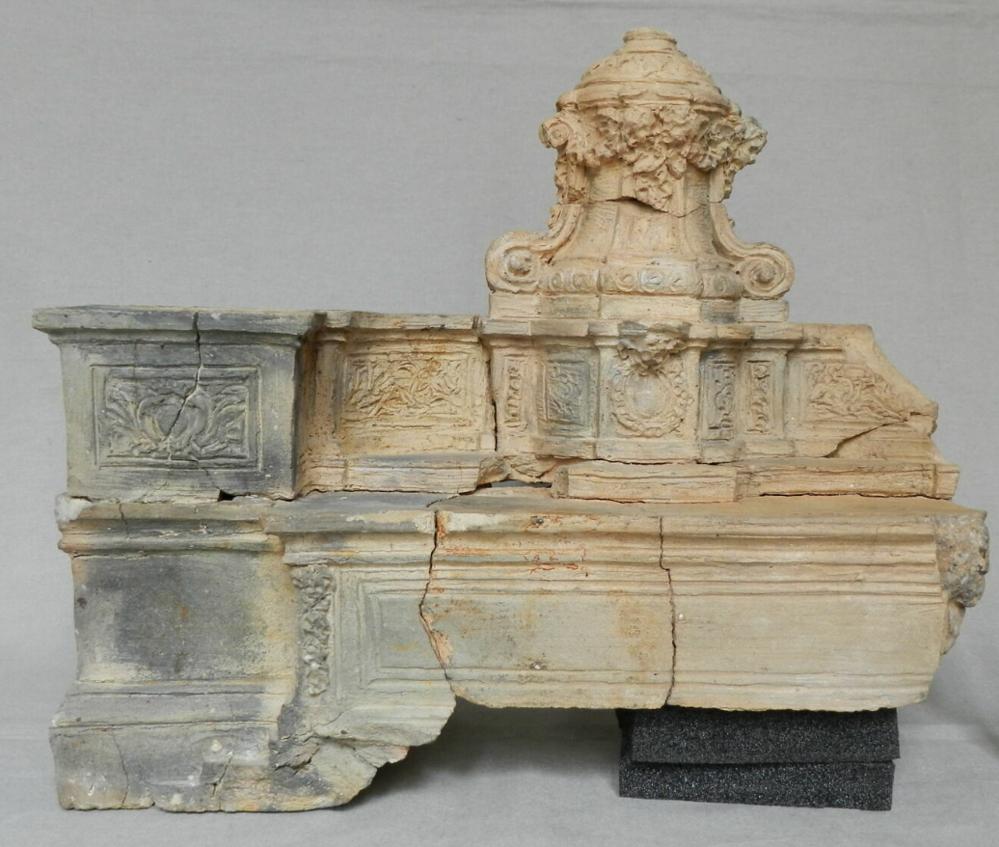
(4/ )
Modern period [1492 / 1789]
This terracotta element is made of a molded base, topped by an elaborate pedestal. This pedestal supports a second molded base, decorated with scrolls and garlands of flowers. It could be a model of a writing desk. It was found in the remains of the workshop of the cabinetmaker André-Charles Boulle, destroyed by fire on the night of August 30, 1720.

(5/ )
Modern period [1492 / 1789]
This portable stoup comes from the latrines of the house of Sabot. It is made of a small pot, fixed before firing to a plate. This one is decorated with a cross and pierced, in order to be stuck to the wall. Earthenware (turquoise)
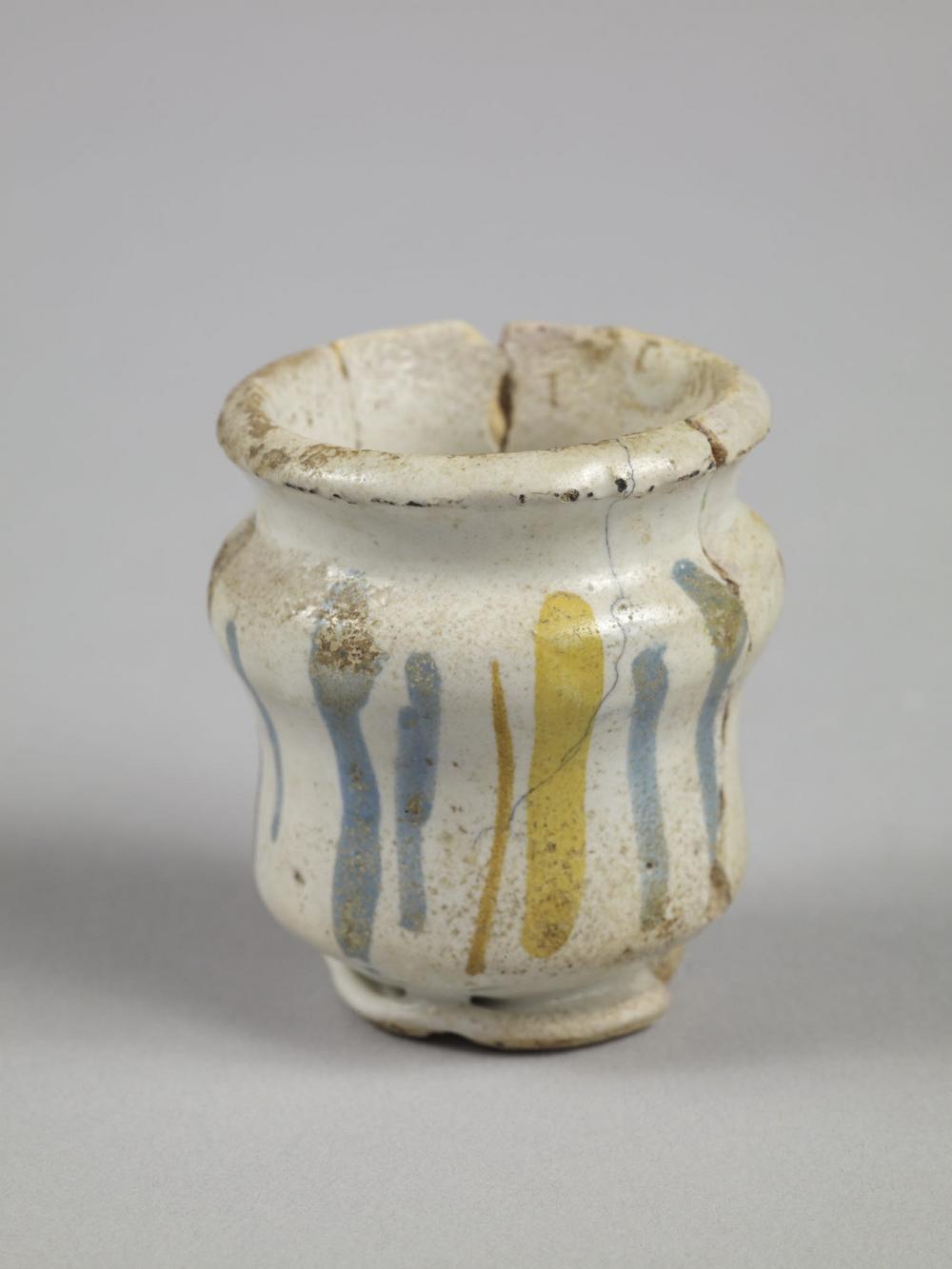
(6/ )
Modern period [1492 / 1789]
This small earthenware albarello is characterized by its cylindrical shape and elegant curves. It was probably used as an ointment jar. Earthenware (white)
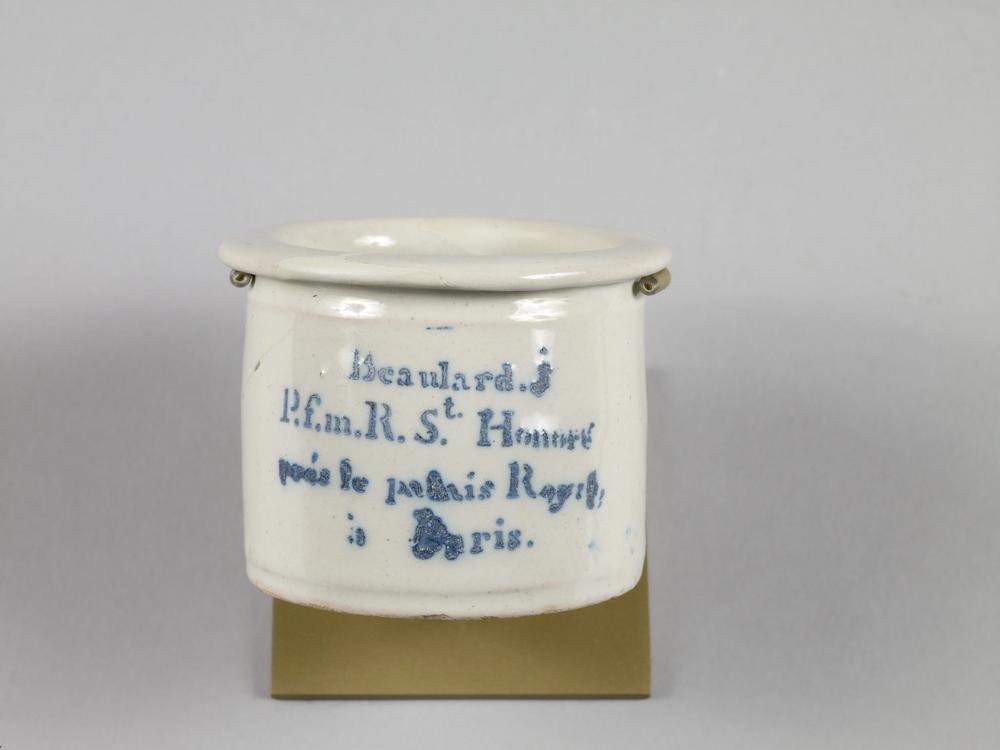
(7/ )
Modern period [1492 / 1789]
Ointment jar. Faîence (white)
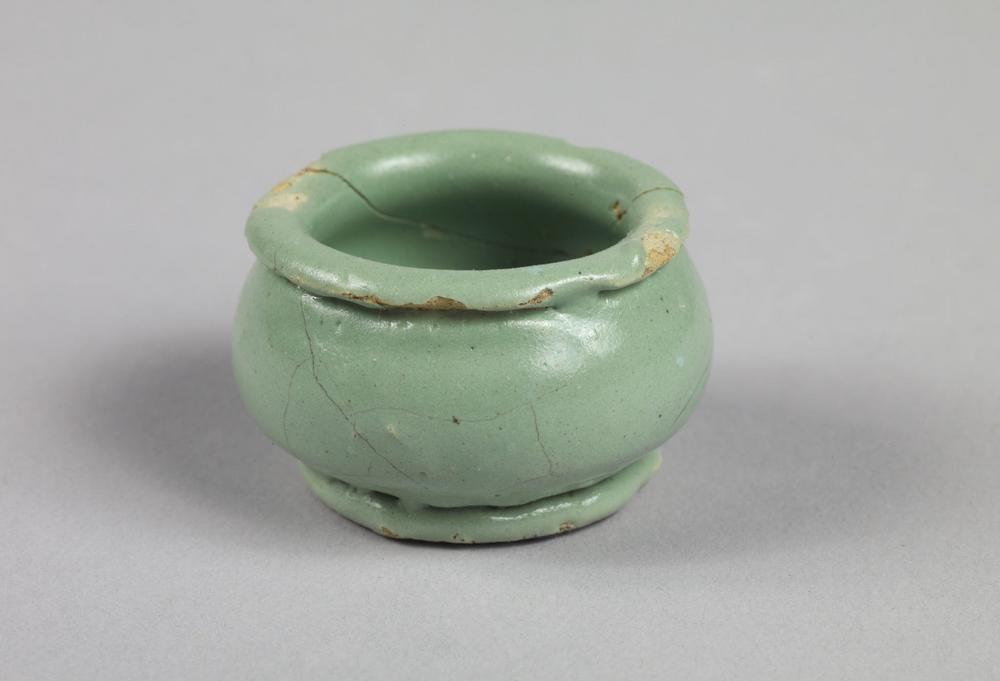
(8/ )
Modern period [1492 / 1789]
Ointment jar. Earthenware (turquoise)
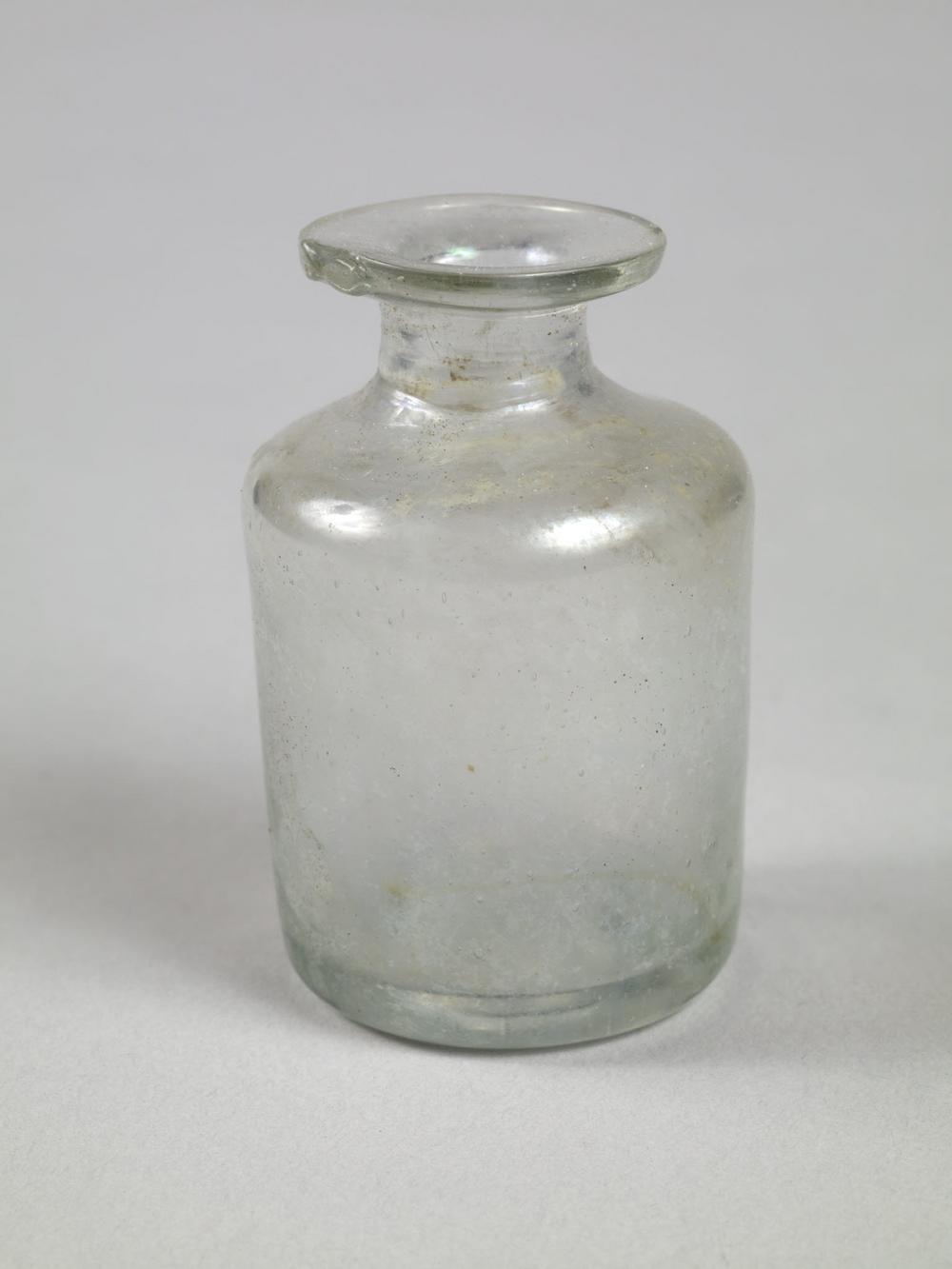
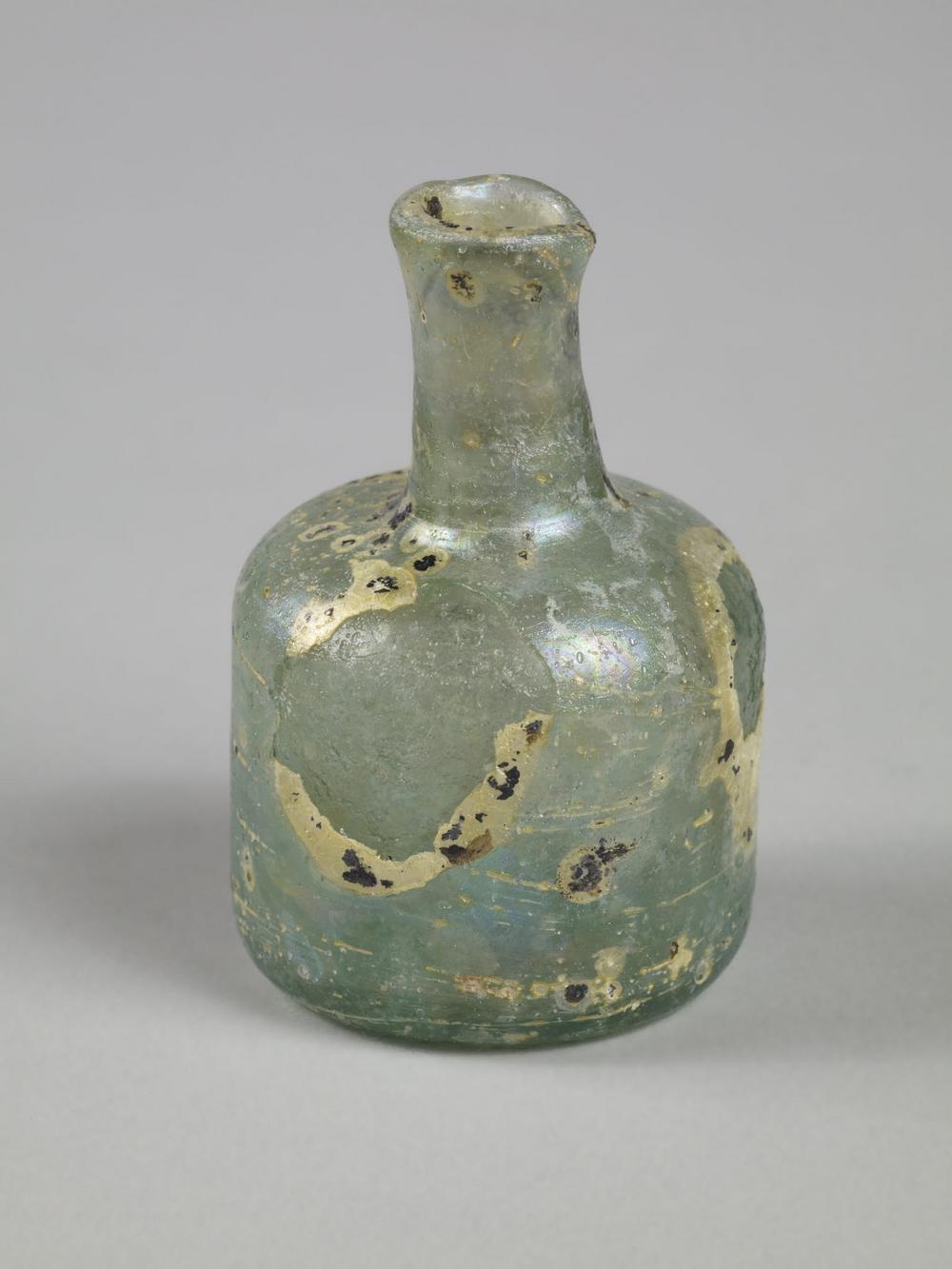
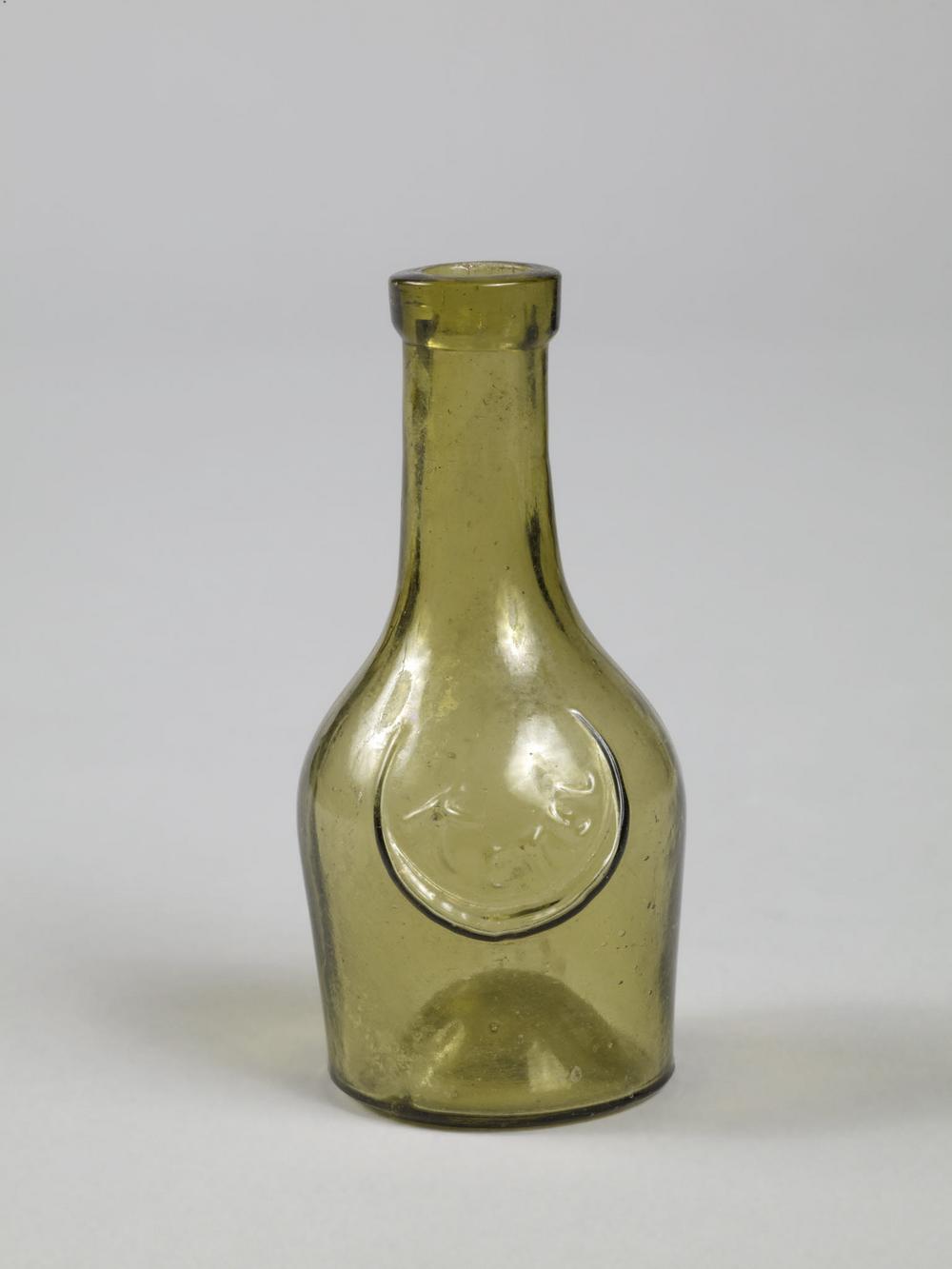

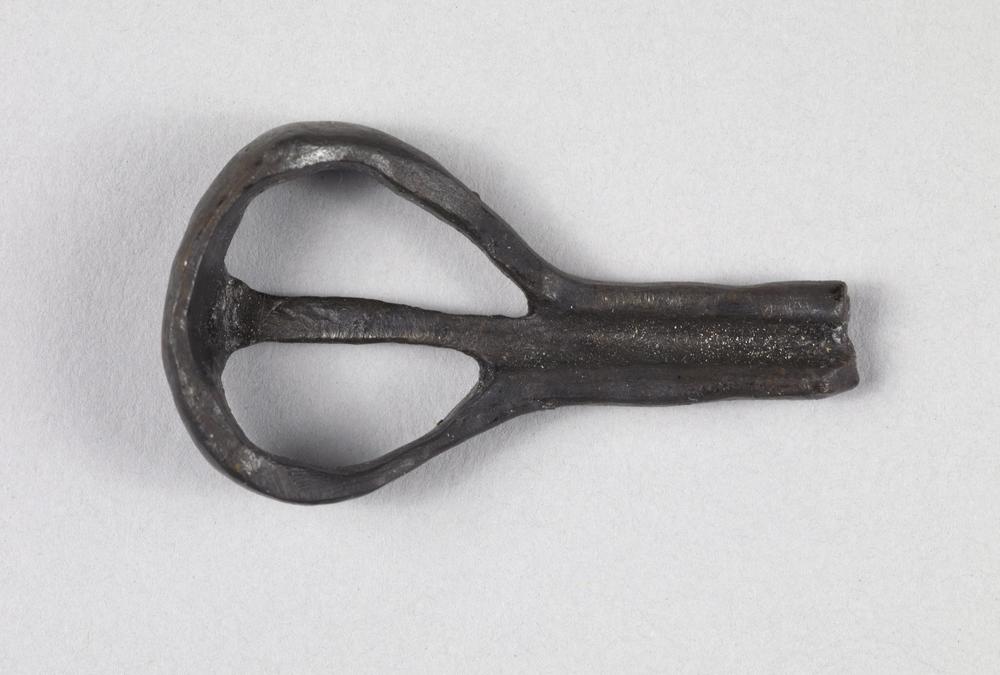
(13/ )
Modern period [1492 / 1789]
The "Jew's harp" is a metallic musical instrument whose sound is produced thanks to a thin central tongue. The mouth acts as a resonance box. Twenty jew's harps, dated between the 15th and 17th centuries, have been found on the Louvre site.
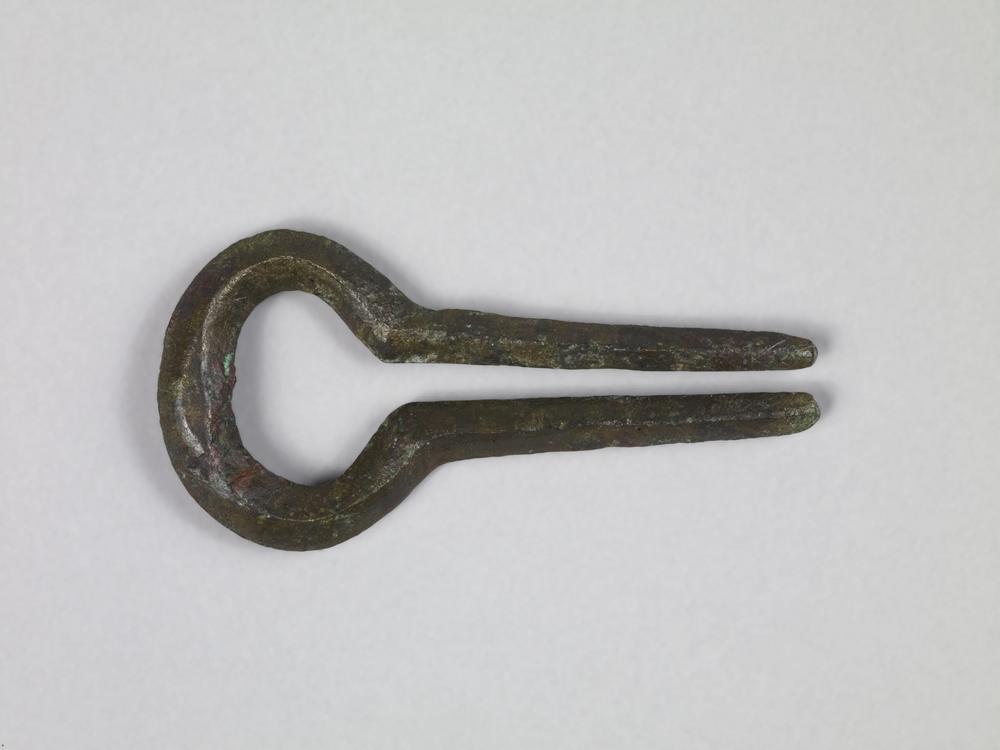
(14/ )
Modern period [1492 / 1789]
The "Jew's harp" is a metallic musical instrument whose sound is produced thanks to a thin central tongue. The mouth acts as a resonance box. Twenty jew's harps, dated between the 15th and 17th centuries, have been found on the Louvre site.
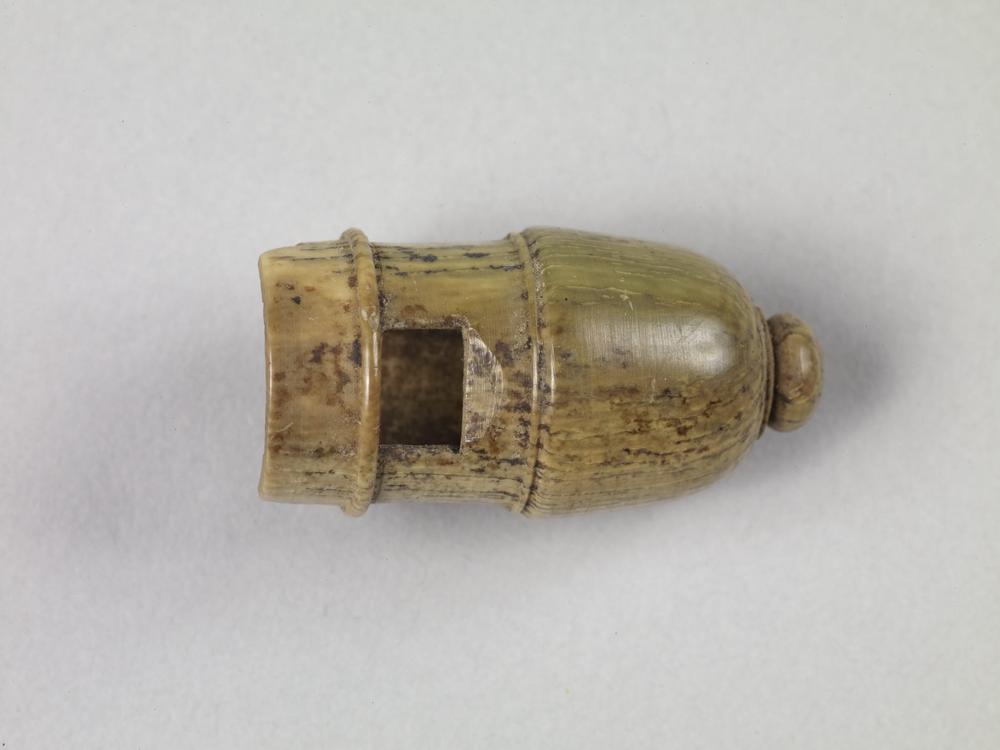
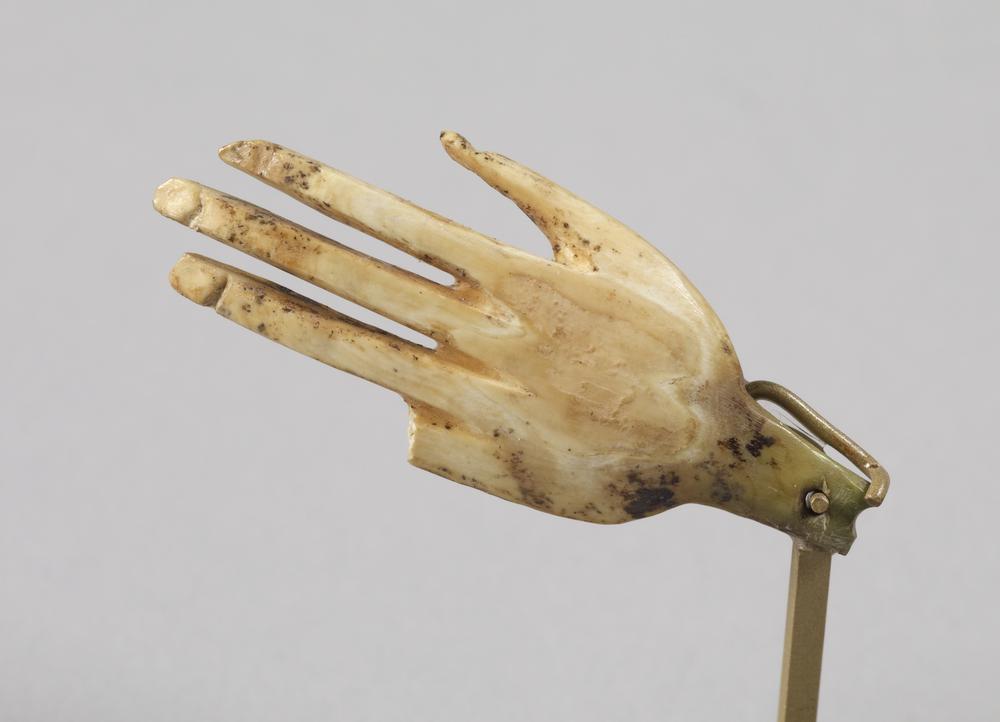
(16/ )
Modern period [1492 / 1789]
This fragment of a bone puppet hand comes from the latrine of one of the houses in the Louvre district: the house known as "au Portrait de Louis XIII".
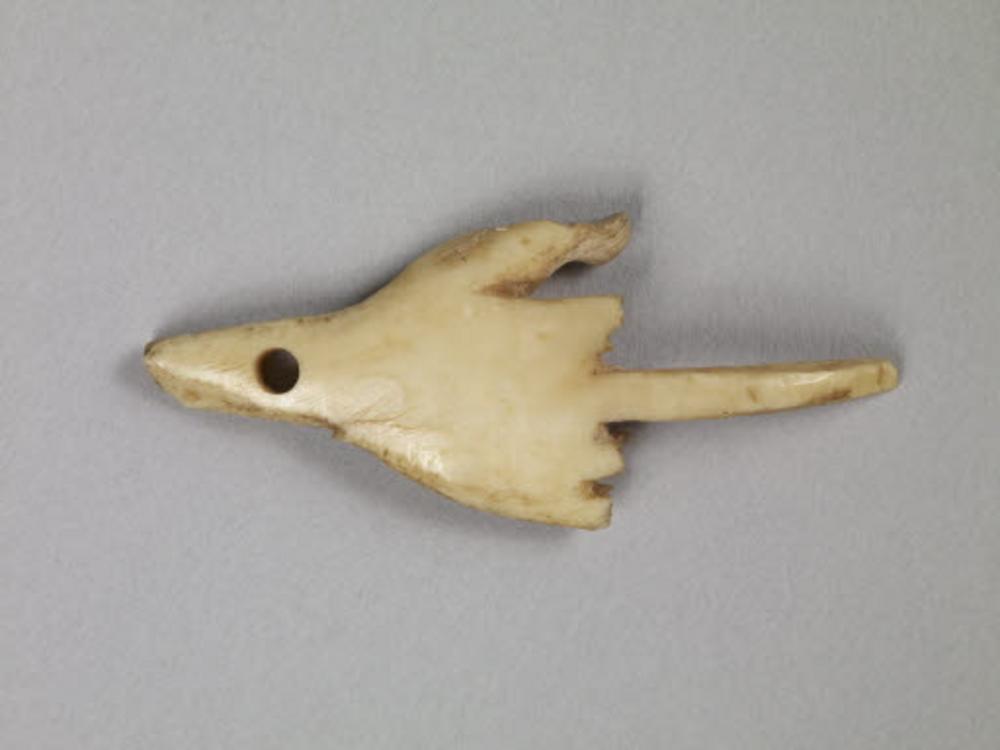
(17/ )
Modern period [1492 / 1789]
This fragment of a bone marionette hand was discovered in one of the houses in the Louvre district: the "House of the Hoof".
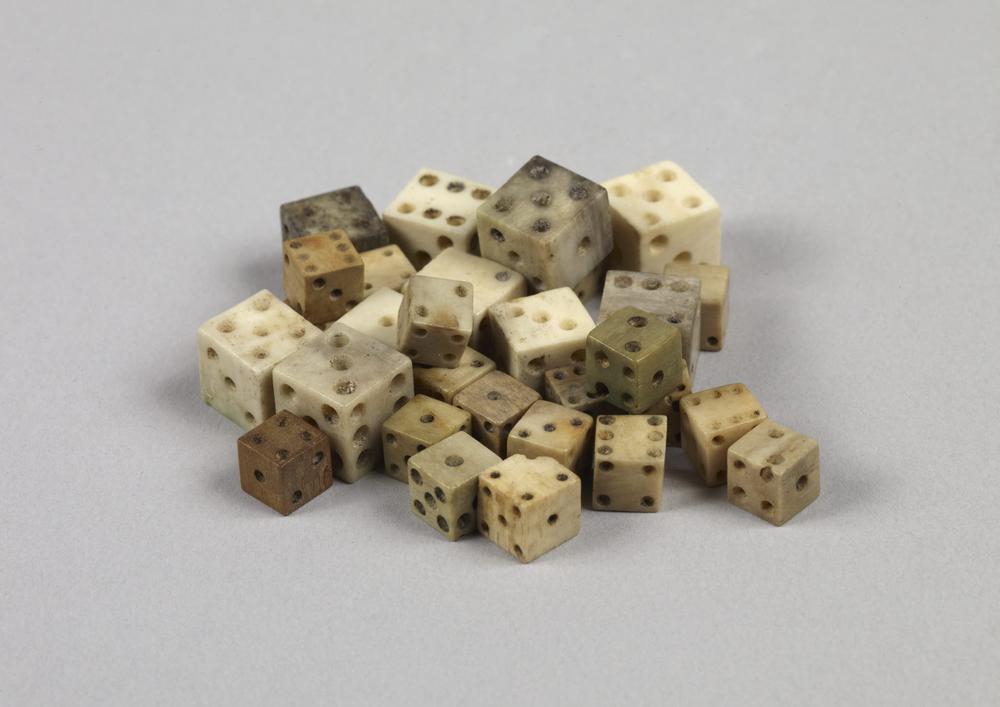
(18/ )
Modern period [1492 / 1789]
Set of 30 playing dice.

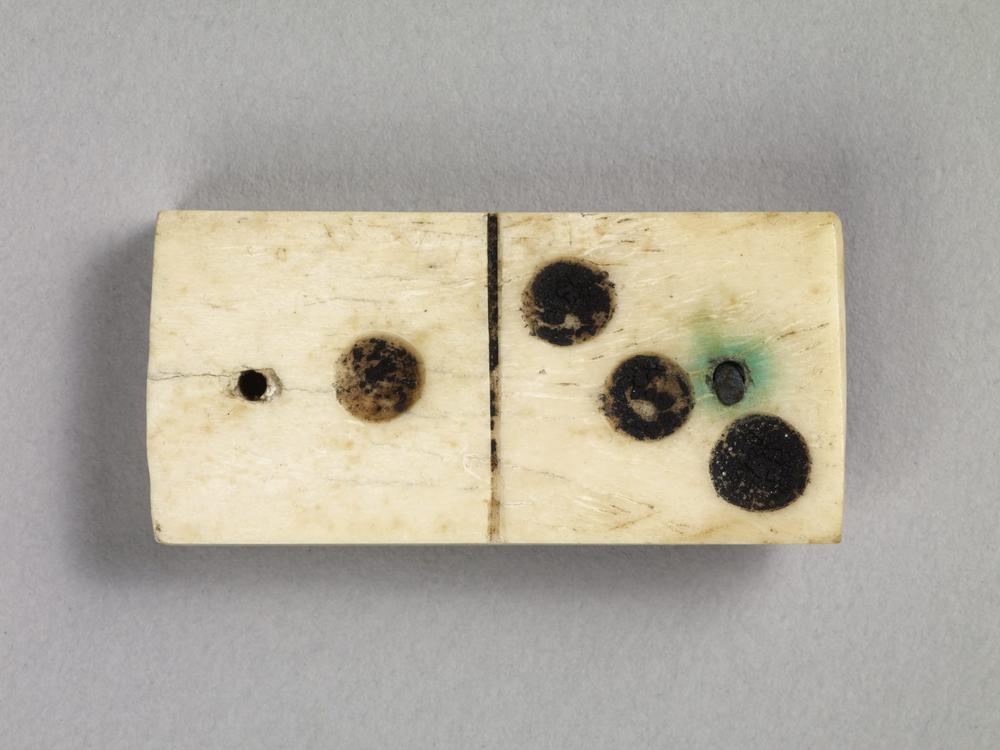
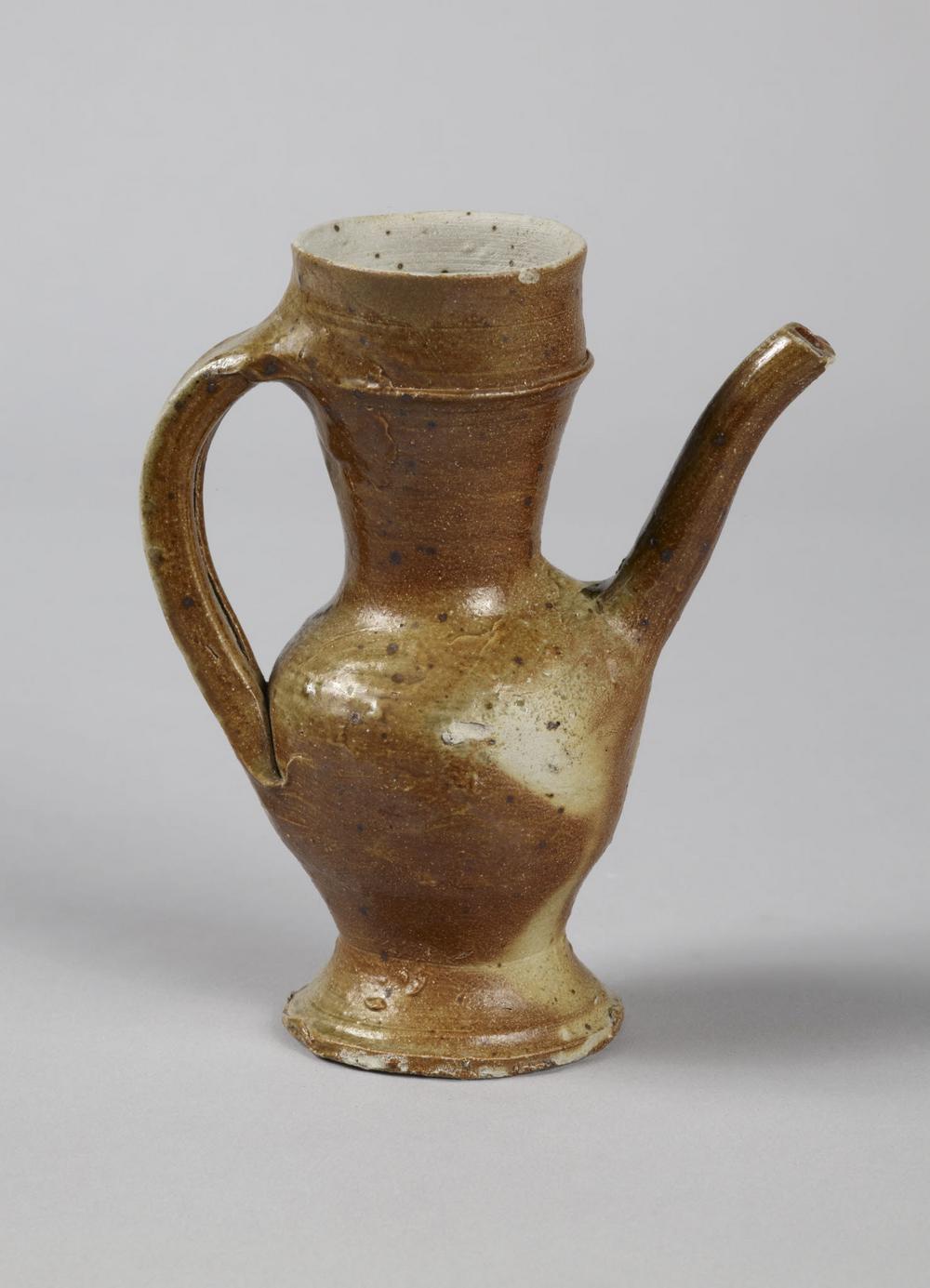
(21/ )
Modern period [1492 / 1789]
Baby bottle in swan neck. Sandstone (Beauvaisis)

(22/ )
Modern period [1492 / 1789]
This glass with a sumptuously decorated foot was found in the house known as "au Portrait de Louis XIII". It is an imitation of Venetian glass produced in Murano, particularly sought after in the 17th century.
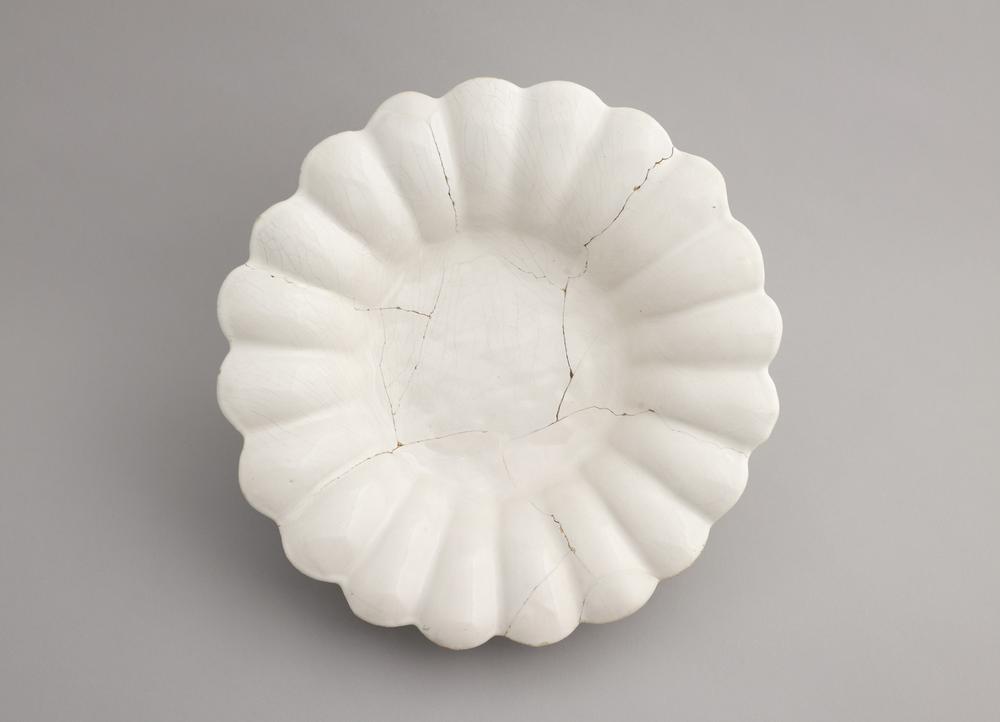
(23/ )
Modern period [1492 / 1789]
The Hotel de Beringhen has delivered nearly forty earthenware cups with gadroons of this type. Made in the Nevers region, they were probably used as fruit bowls, as can be seen in contemporary still lifes. Earthenware (white from Nevers)
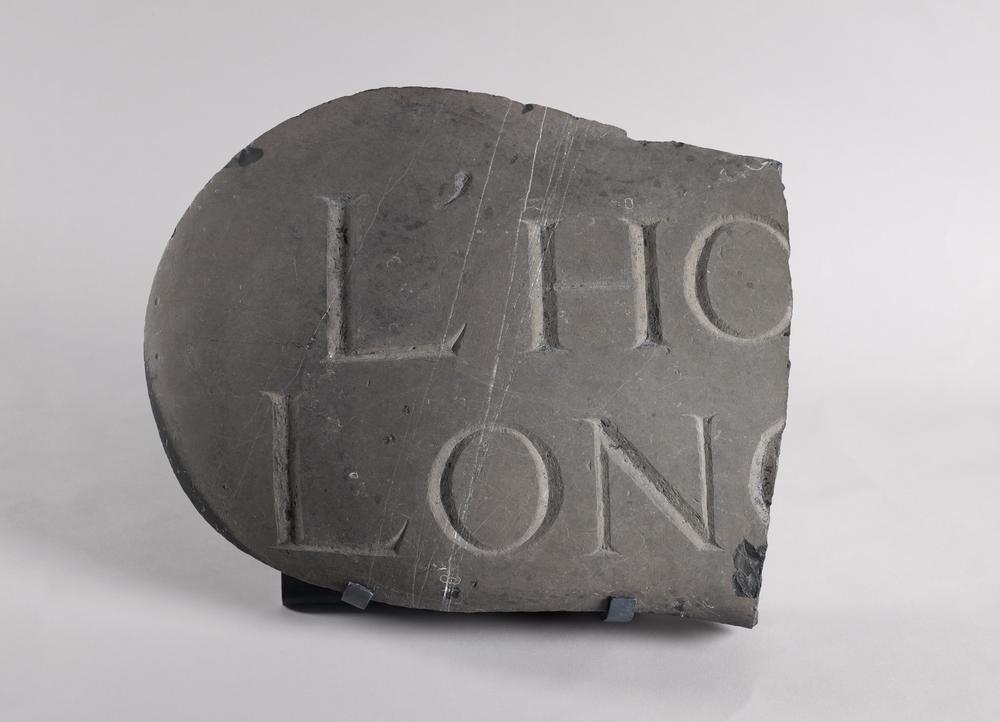
(24/ )
Modern period [1492 / 1789]
This fragment of a sign mentions the Hôtel de Longueville. Located in the heart of the Louvre district, it was one of the most prestigious private mansions in the area in the 17th century. Black marble.
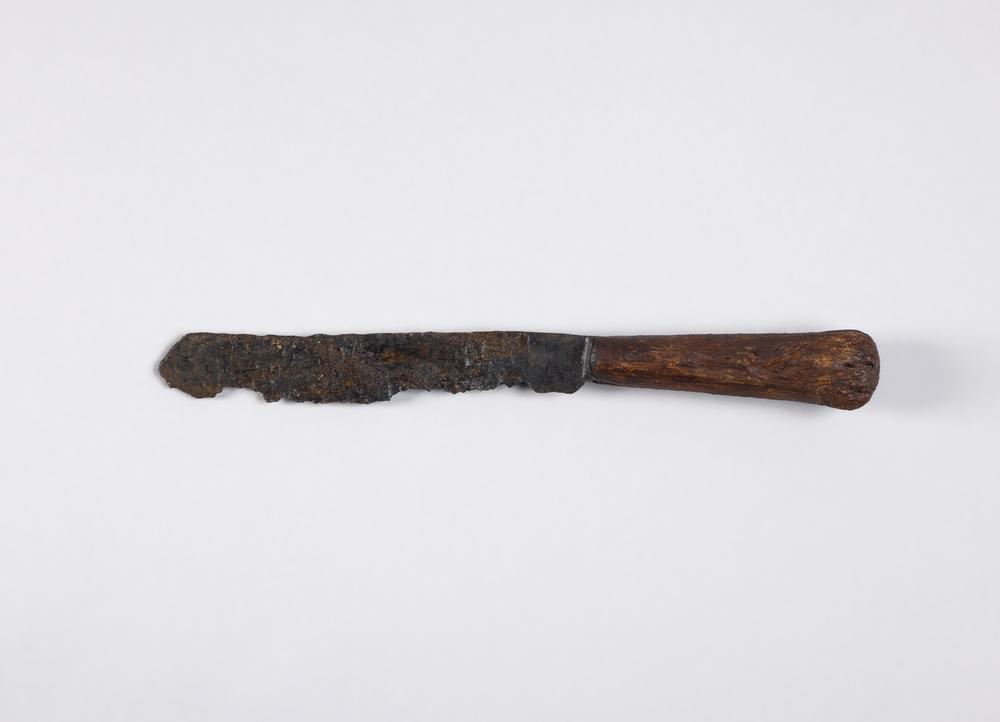

(26/ )
Modern period [1492 / 1789]
Hispano-Moorish earthenware dish from Valencia. Earthenware (hispano-Moorish)

(27/ )
Modern period [1492 / 1789]
Watering can apple, thick green glaze.
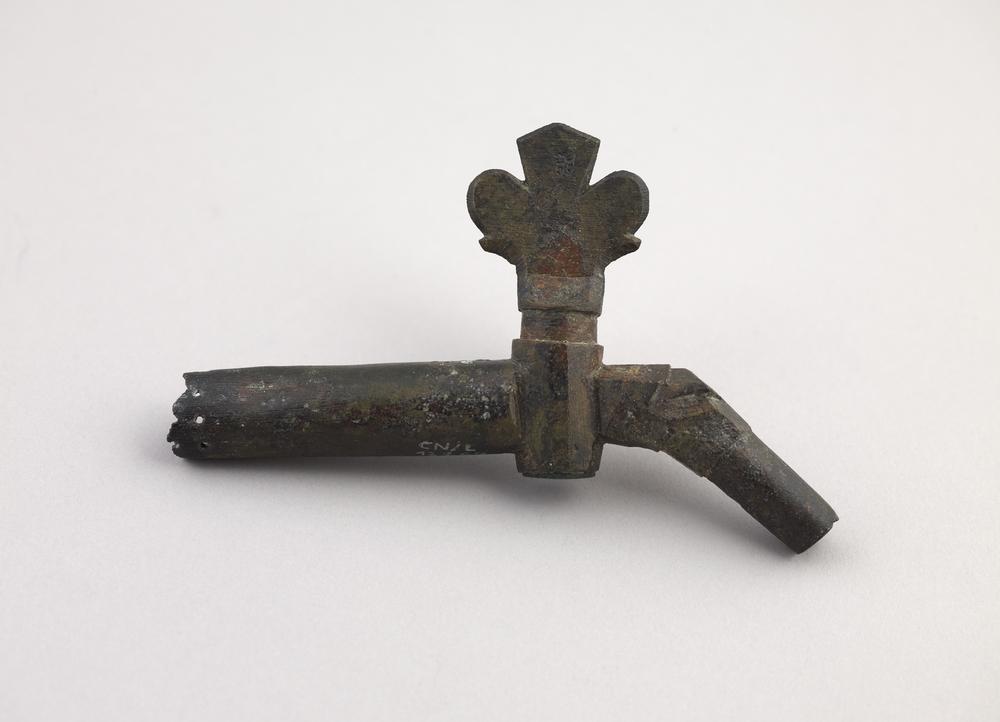

(29/ )
Modern period [1492 / 1789]
Earthenware: planter or vase of garden with blue decoration: rural landscape with house.
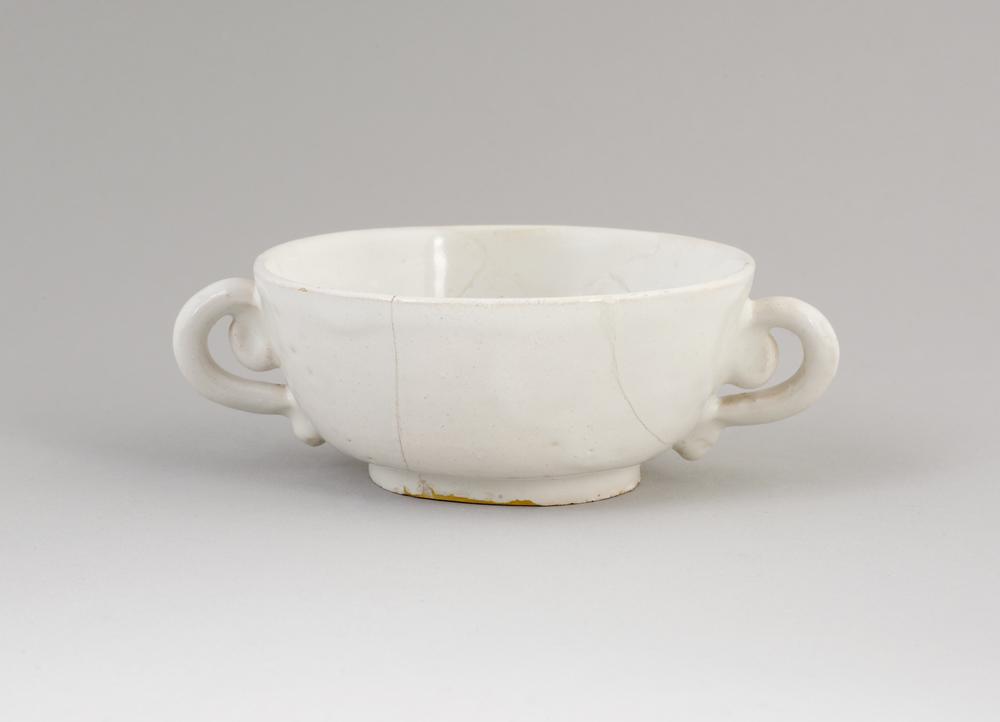
(30/ )
Modern period [1492 / 1789]
This bowl with handles in white earthenware is named after the patron saint of gardeners: Saint Fiacre, very popular under the Ancien Régime.
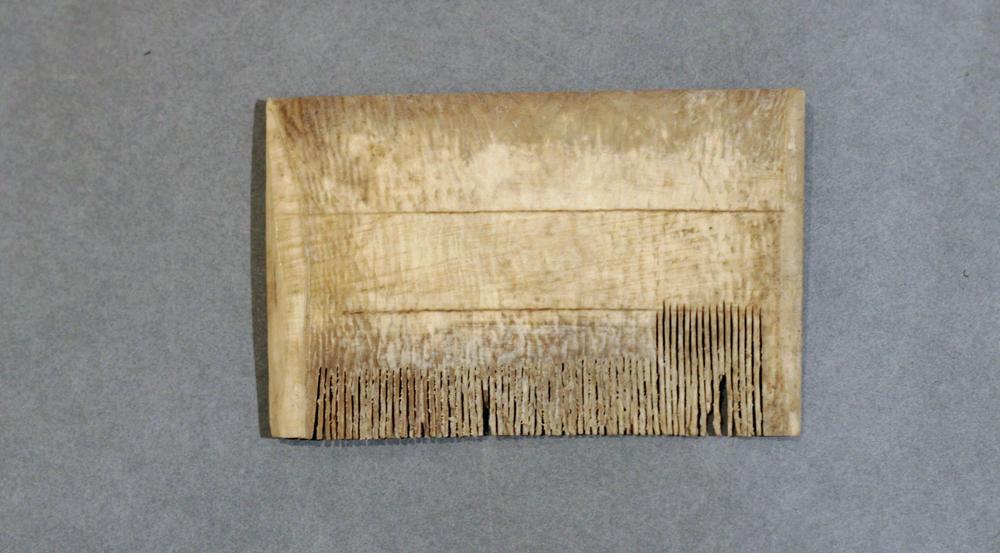
(31/ )
Modern period [1492 / 1789]
This comb is a draft: its teeth have not been completed. It may have come from a workshop established in the Louvre district in the modern period.
